THE TELEKI CASTLE AND THE PARK IN GERNYESZEG
The Estate.
The village of Gernyeszeg (Gornesti) is situated in the valley of the River Maros between Marosvásárhely (Targu-Mures) and Régen (Reghin). The history of the village dates back 700 years and is closely connected to the life of its Landlords
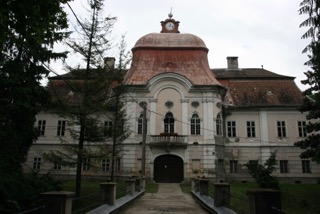
The Teleki Family.
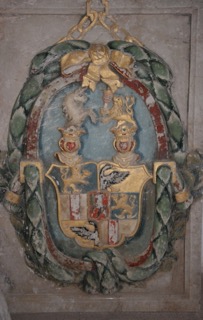
He grounded the wealth and power of the family. He died in the battle of Zernest in 1690. After his death his five sons each received the title of count of the Holy Roman Empire in 1697. The descendants of two of the five sons were the genealogical link of the two current existing branches of the family.
His son Sándor (1679-1754), inherited the fortress and the property. He generously supported the protestant church and several protestant schools. One of Sándor’s sons, Sámuel, became the chancellor of Transylvania and built the famous Teleki Library in Marosvásárhely.
Sándor’s son, László (1710-1778), inherited the fortress at Gernyeszeg. He was a passionate collector of books. He decided to build a castle in place of the old fortress and began to have the old building demolished in 1772. The building of the new castle stood until 1802. László’s son József (1738-1796), has the same love for books as his father. Between 1759-61, he travelled abroad and met Voltaire and J.J. Rousseau among others. His library was donated by his heirs to the Hungarian Academy of Science.
József’s son József (1777-1817), inherited the estate and changed the French park into an English one. His wife, Teleki Zsófia, had a memorial errected in the park for him which can still be seen today. His son Domokos (1810-1876), was a well known politician supporting the ideas of the 1848 revolution and who later wrote books about the history of the country. One of his grandsons,
Bethlen István, Primeminister of Hungary between 1921-1931, was born at Gernyeszeg in 1874. Domokos (1890-1955), his other grandson was interested in antiquity and made a museum in the castle containing many valuable objects. The most important was his collection of old Turkish carpets.
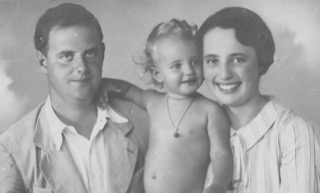
The Castle and the Park.
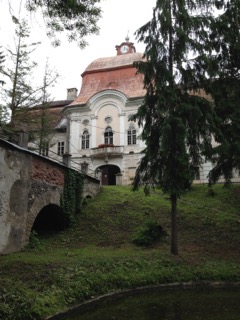
It is the so called Grassalkowich style, its main features being the „U” form, a large dome in the middle and a festivity hall beaneth.
The walls and the ceiling of the festivity hall have been painted since the beginning of the XIX. century. Above the entrance door and the door leading to the loggia one can see the painted weapons of the family. But the three chandeliers of Murano glass are the most impressive remains of the former wealth.
The park got its actual form at the begining of the XIX century.Valuable and rare trees were planted, like the gingo-biloba(right from the main entrance), lime, willow , oak-trees and cypresses.
Part of the fomer ditch became a lake with a small island in the middle.Once there were swans there too. The Margit spring cherishes the memory of Countess Géza Teleki born Countess Margit Bethlen.
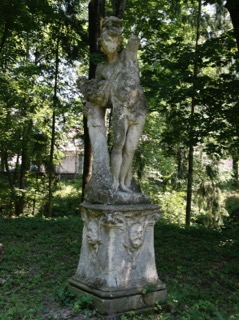
There are some other sculptures in the park representig ancient gods and godesses: Ganymedes on the left, in front of the bridge, Bachus and Ceres to the left and right of the main entrance, Neptun , Pan , Venus in the park behind the castle. They were brought to Gernyeszeg in the early 20th from Budapest by Count Domokos Teleki.